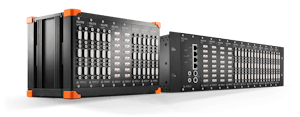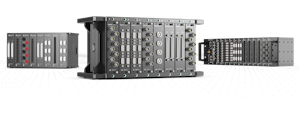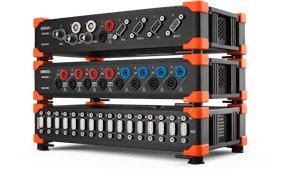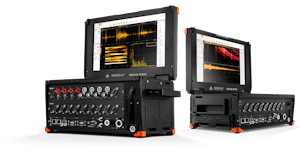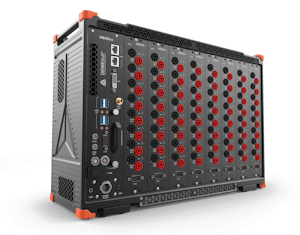Aperçu
Les centrales électriques renouvelables comme l'éolien, le photovoltaïque (PV) et la cogénération (Combined Heat and Power Plant) sont de plus en plus populaires et le nombre d'unités déjà installées est énorme. Pour le fonctionnement sur le réseau public, ces unités de production d'énergie renouvelable doivent remplir quelques exigences pour contribuer à un fonctionnement stable du réseau.
Les normes, qui définissent les conditions d'exploitation de la centrale sur le réseau, varient d'un pays à l'autre : par ex. FGW-TR3, VDE-AR4105, BDEW etc. Ces réglementations définissent le contrôle de la puissance active et réactive, les limites des émissions de Power Quality et le comportement aux perturbations du réseau.



